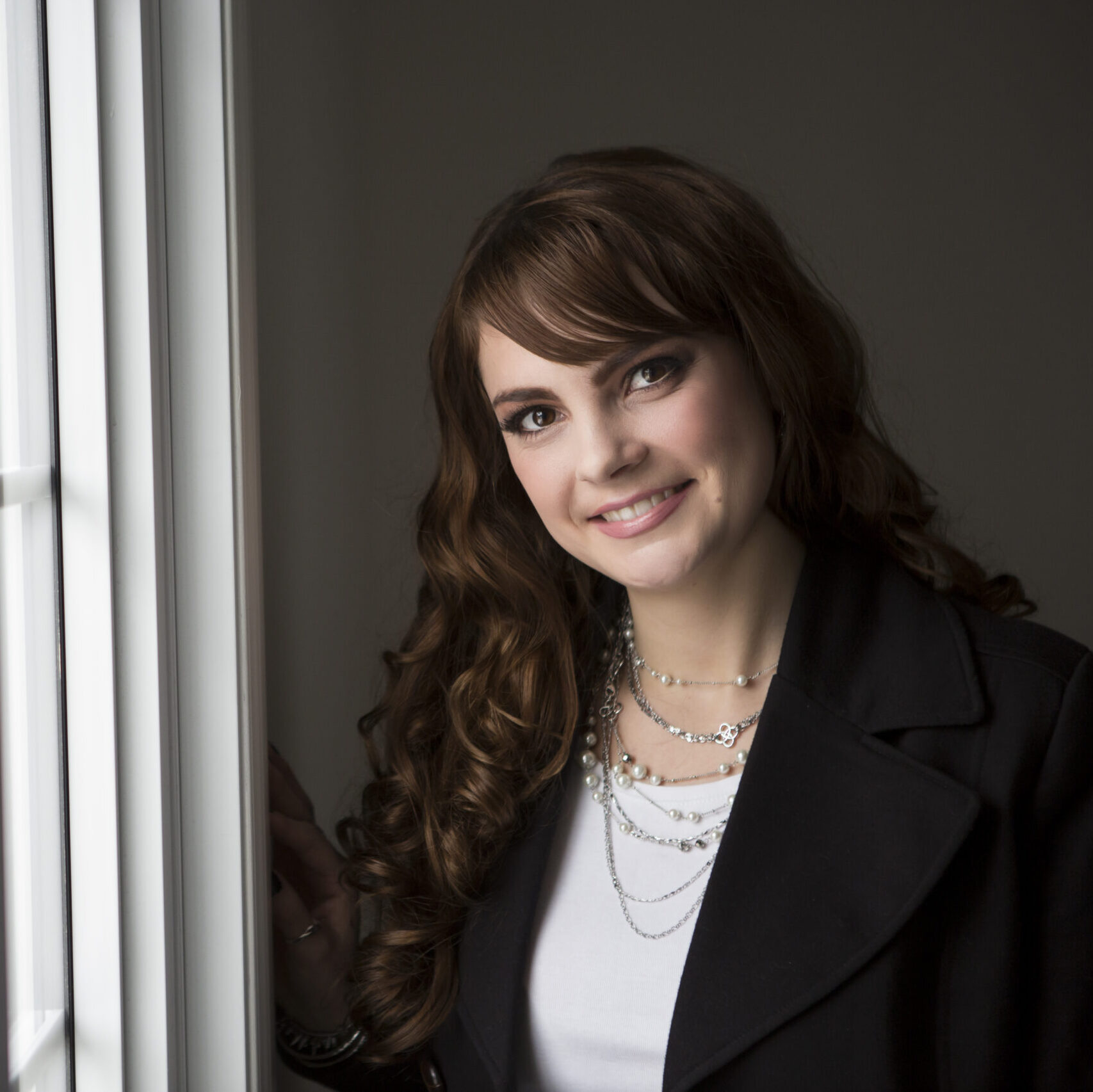Back to the drawing board – ROW80 check in
As promised, I blogged about visiting Dracula’s Castle last week and look out for tomorrow’s post which will feature another Romanian castle I visited on my vacation and there’s even more to come.
So I’ve only written 2,000 words this week. My goal is 5,000 per week (plus more to make up for my slacking during vacation).
 The reason I’ve only written 2,000 words is because (a) I took two days off writing (bad girl I know) and (b) I took two-days off because I’m avoiding going back to the drawing board.
The reason I’ve only written 2,000 words is because (a) I took two days off writing (bad girl I know) and (b) I took two-days off because I’m avoiding going back to the drawing board.
Basically I’ve written all I can up to the point where I’ve plotted. I have a rough outline of what’s coming next for the rest of the book, but before I can continue writing at my regular pace, I need to plot out the next 2-4 chapters.
For some reason plotting out the next chapters is more difficult that it was earlier and I think its because I’m entering Act II. Now I don’t know if 30,000 words is sufficient for Act I in a ~100,000 word novel, but that’s where I’m at so far. I read in many places that there should be a major “plot point” or whatever term is most common for this where some turn of events occurs and brings it into Act II. Well I think I figured out what that will be, but I need to finish of Act I which is leading up to that. Tough.
So, how do you make the major “plot point” signaling the entrance into Act II intense/action-packed/significant? Does the narrator kick-in and say something like “and life as she knew it would never be the same again” (ok not exactly that, but you know what I’m saying)? Please help.
How’s it going for everyone else?
Until next time,
Nicole
Feel free to hit the “subscribe” button to get notified when a new post is up.
You can also check out more travel photos on (and “Like”) my Facebook page.
We can chat on Twitter: www.twitter.com/NicoleBasaraba
Or share book news on Goodreads: www.goodreads.com/NicoleBasaraba


Hi Nicole. I don’t write in acts, but in scenes. I would think, though, that the lead-in should be some intense act or emotion. something will make the reader think, ‘ooh, I wonder what’s going to happen now?’ Good luck with it. In my WIP, my pacing is too fast. At 30,000 words I’m at THE major plot point which should really fall at about 60,000 words, I think. Normally I wouldn’t edit in the midst of writing, but I think I have to go back and add a whole lot more description and story before I go further ahead. Ugh!
Hi Marcia, thanks for the comment. I don’t really know if I write in Acts either to be honest. But I think there is definitely a beginning, middle and end/resolution. In retrospect my pacing is probably too slow and I’m sure a lot of my WIP will be edited down a lot (we should balance each other out). Looks like we’ll both be at the drawing board this week.
I am in a similar position I think but like Marcia my WIP is moving too fast. I can’t offer advice about introducing the major plot point but I hope as you outline it comes to you. I think I am going to aim for a shock moment to lead into the next section…if I can! Oh the fun!
Hope you have a good week getting back to the drawing board.
I think moving fast in this day and age is a good thing. I think readers like fast-paced books or maybe that’s the brainwashing mumbo jumbo I’ve heard. anyways, I think I know what I want my major plot point to be, but I have to build up to it somehow. Maybe it more exciting than the situation itself actually is.
Again I tried to comment on your blog and it wouldn’t let me. Maybe you have some setting or something for commenters?
Have fun writing this week.
2k is still a very good amount. I find that sometimes I write more sometimes less and I think it all makes it out in the wash when I apply myself. (when I just he and haw over it, nothing ever gets done).
I’m totally he hawing to the maximum lately. Must get down to business!
Really? Wonder why that is, other wordpress peeps have been able to. Will check it out! Thanks for the heads up!
It doesn’t like my wordpress account for some reason and I don’t have the other types of accounts: LiveJournal, Google Account, TypePad, and AIM. I could try again next week…
I have just changed the ‘who can comment’ setting so if you have a chance to try again that would be great!
Yay! It worked…thank you for letting me know you were having problems commenting.
Thanks for commenting, off to respond!
Larry Brooks (Story Engineering) suggests that the first plot point (which sets the story in a new direction and vests the hero) should happen at the 25% mark, in a 100k novel that would be around 25k words. So, you’re fine on word count but maybe what you are struggling with is a matter of structure. If you haven’t read his book (or Save the Cat by Blake Snyder) I’d strongly suggest both. These two are my primary plotting guides but I also use aspects of a half dozen others.
Best of everything for the coming week. Hope you are able to find a solution 🙂
Thanks Gene, these are very helpful tips. I don’t think this first turning point is coming for another 5k so I guess I am dragging it out a bit….Story Engineering is already on my to-read list and I will add Save the Cat. I should probably up my game on the craft books as I continue to write so that I don’t get so far that its unrepairable.
Martha Aldersson, the “Plot Whisperer,” also has a great series of videos about plotting and story structure, and also says that the “turning point” should come in around the 1/4 point of the novel. She has some great examples for what that turning point should be (the film Juno is one, where the news of Juno’s pregnancy becomes the first turning point). She has 27 short clips (all under 10 minutes), which are great resources in addition to the other books mentioned above.
http://www.youtube.com/user/marthaalderson#p/u/21/ESfT2Lh1cWo
Oh, and in terms of commenting on blogger sites, I’ve found that previewing the comment, and then submitting them, works like a charm (so far, anyway).
Have a great week!
Thank you. thank you. thank you. I’m going to watch and learn. Have a great week Lena.
P.S. Em changed her settings so now I can comment. 🙂
I don’t really plot in acts either – but maybe I should! One of my instructors at Clarion West, Connie Willis, was very big on reversals, and from what I understand, it’s especially important to have reversals at the end of acts, or whichever terminology you prefer. I can’t quite get my brain around “plot points” so I think I’ll just continue to think in scenes. 🙂
BTW, I’m also an expat in Europe, American living in Stuttgart. *waves*
Hi Ruth,
Thanks for the comment. Yeah, I’m not all too familiar with the terminology being a novice, but hopefully it will come with time.
Stuttgart’s not too far away. *waves back* 🙂
Speaking from the other side of the fence (I’m a pantser, not a plotter), I can’t relate so much about the plotting of the next chapter. But I can offer some encouragement and say that I KNOW you can do this. If you read my post on the ROW80 website, I said the main thing is that you want it badly enough. And most people who stick it out on ROW80 really do want it badly enough. Good luck with your plotting!
I guess I want it badly enough because after posting this blog, I printed off my notes and literally went back to the drawing board. I plotted out the next 11 chapters (roughly) by hand. Now I have to transfer my scribbling onto a readable excel sheet. 🙂
I’m not a plotter I often dont have a beginning until I have an end – write in scenes but it seems to me you want to do this- so have faith -you will do it. The answers dont always lie in other peoples books.
all the best for this week